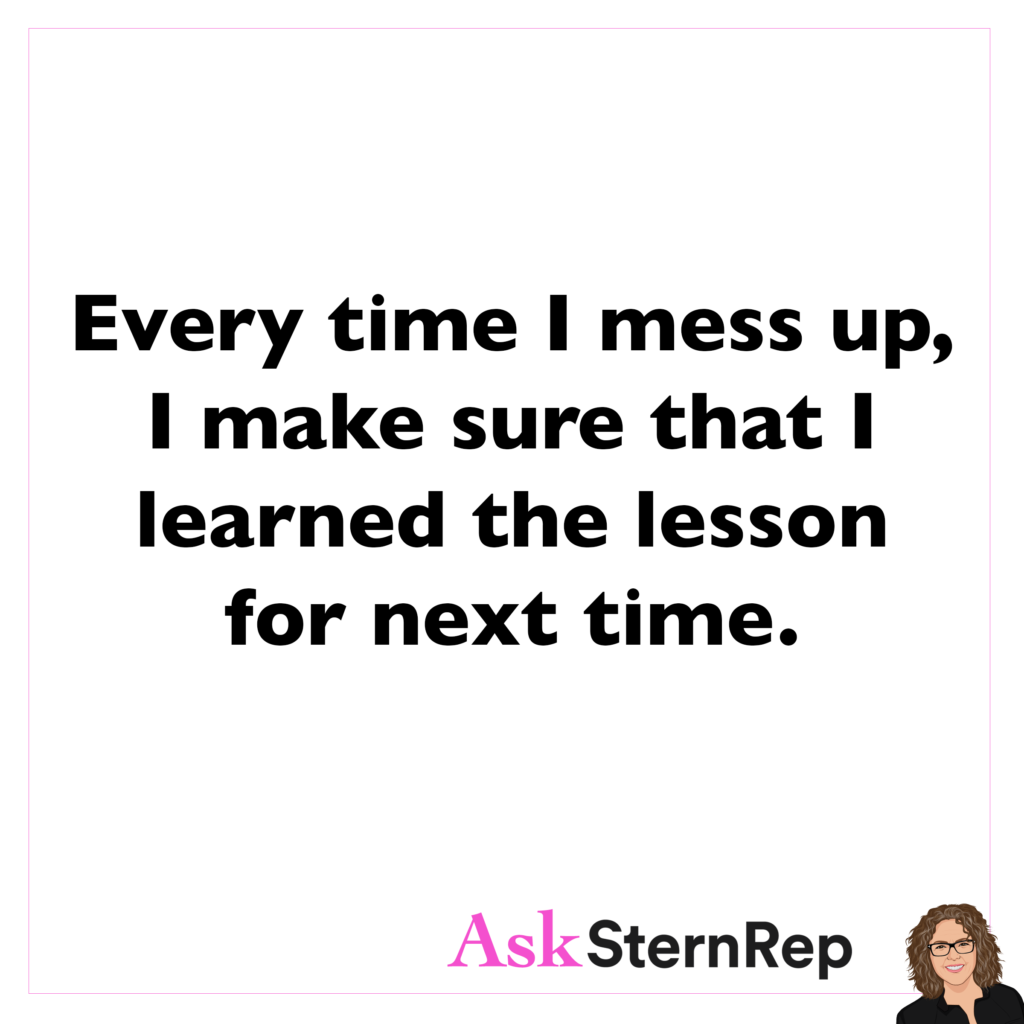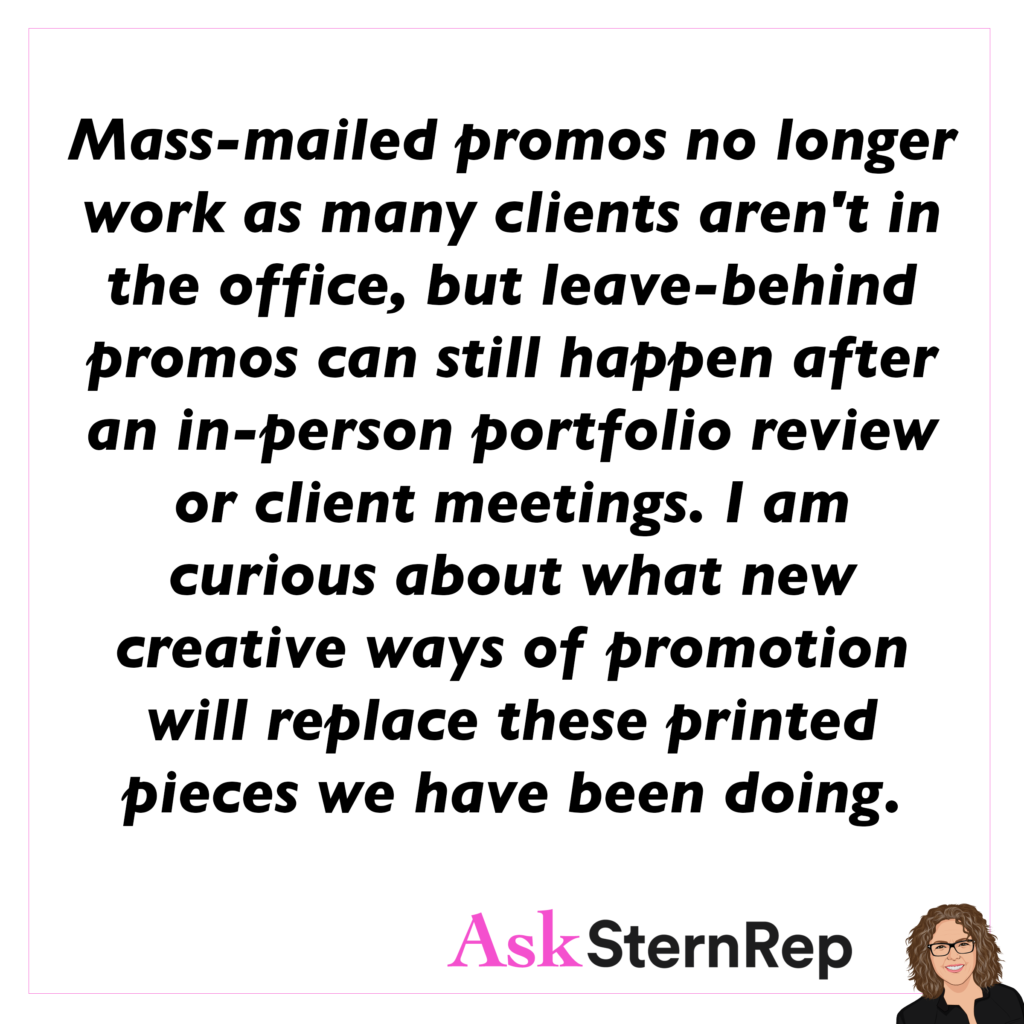Adjust with the times! Changes are among us in the Commercial Advertising markets, and we need to ride the wave through our style- shifting constantly and leaning forward with advancing ways. Join the movement!
Wednesday Wisdoms
Negative emotional reactions do not equate to good business

Negative emotional reactions do not equate to good business.
Marketing Outreach 101
Marketing Outreach 101:
If you want to really connect with clients, you need to be the one to go through the efforts of extending a specific invite selection of dates/times/locations all for them to easily say – “YES!”
Every time I mess up, I make sure that I learned the lesson for next time.

Every time I mess up, I make sure that I learned the lesson for next time.
Putting Ourselves Out There In Natural Ways
Marketing plans must incorporate the unexpected moments of putting ourselves out there in the most natural ways.
When implementing marketing strategies, allow for flexibility, experimentation, and open-mindedness. By embracing these principles, photographers can navigate the complexities of the modern marketplace and tailor their approaches to meet the unique needs of their businesses and clients. This is a valuable reminder that adaptability and a willingness to learn are critical components of sustained marketing success.
Utilize Your Signature In Your Email

You look like an amateur if you don’t have an official website email address, along with a signature on the email including your web or IG link on it.
Marketing Means “Being Remembered”
Marketing means “being remembered.” Sometimes, we spend extra money on a story or theme that identifies or connects us to our clients’ memories. Bring or show clients something specific that correlates with your work to stick in their minds and have them remember you.
Marketing has a crucial role in ensuring our brand or business is memorable to its target audience. Effective marketing is not just about immediate visibility but also about creating lasting impressions that resonate with potential customers. Be sure to seize all opportunities to engage with audiences in memorable ways, whether through thoughtful gifts, personalized outreach, or unique branding strategies. These efforts are aimed at ensuring that when the right moments arise, clients and customers will think of their brand first. The video highlights the importance of creativity and strategic thinking in marketing, showcasing how small gestures can significantly impact brand recall and customer relationships.
Marketing is a tool for memory-making rather than just visibility. Think creatively about how to engage with clients, and ensure you leave a lasting impact through thoughtful gestures, strategic branding, and personal touchpoints. The insights shared serve as a guide for marketers looking to enhance their brand recognition and customer loyalty through memorable marketing strategies.
Make The Most Of Those Shower Ideas

“Everyone who has ever taken a shower has had an idea. It’s the person who gets our of the shower, dries off, and does something about it that makes a difference.”
-Nolan Bushnell, Atari
Changing The Definition Of OUTREACH
I want to change the definition of our OUTREACH. “Reach out” now means finding your way to include unknown, surprising, or unplanned approaches and constantly trying new ways.
Today, we explore the evolving nature of outreach in the business landscape. Outreach is not a static concept; rather, it is dynamic and constantly shifting, influenced by market changes and technological advancements. We need to adapt outreach strategies to stay relevant and effective. While foundational aspects like LinkedIn presence, branding, and social media are critical, but the landscape of outreach is ambiguous and requires experimentation with new methods. Outreach should be viewed as a fluid process that necessitates continuous learning and adaptation to the ever-changing environment.
Businesses need to evolve their outreach strategies in response to the shifting landscape. By focusing on adaptability, foundational tools, key contacts, and a commitment to experimentation and learning, professionals can navigate the complexities of outreach effectively and remain relevant in an ever-changing environment.
Mass-mailed Promos No Longer Work

Mass-mailed promos no longer work as many clients aren’t in the office, but leave-behind promos can still happen after an in-person portfolio review or client meetings. I am curious about what new creative ways of promotion will replace these printed pieces we have been doing.
